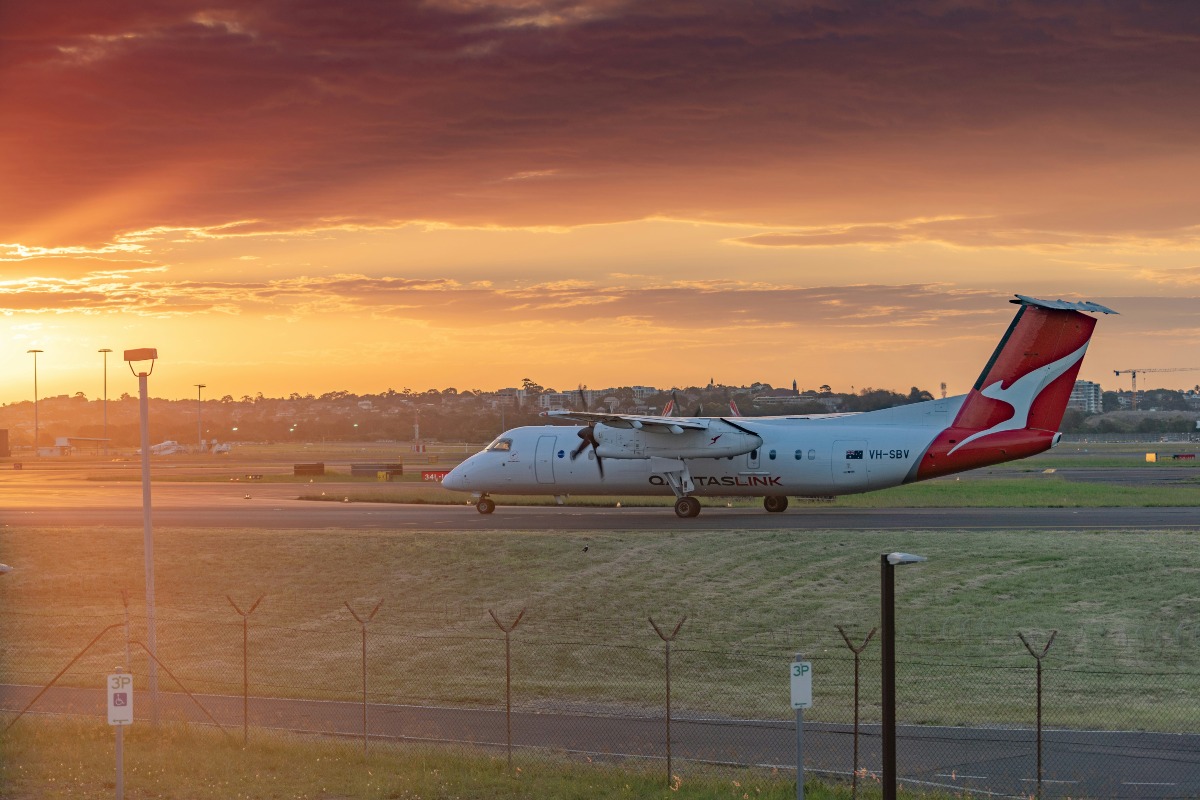Taking to the sky has captivated people for more than a century. In the early days of aviation, numerous airline businesses emerged, but most have long since disappeared. However, few have managed to withstand the test of time, surviving conflicts, economic depressions, and the dizzying rate at which technology is advancing. Still, these venerable institutions continue to connect points on the map as well as people and cultures.
KLM Royal Dutch Airlines – The Pioneer
Founded on October 7, 1919, KLM Royal Dutch Airlines is recognized as the oldest continuously operating airline in the world. With its first flight taking off in 1920, this airline has been in the air for over a century and has played a pivotal role in commercial aviation. KLM’s extensive history includes being one of the first to offer international flights, and it continues to fly high with a reputation for safety, service, and innovation.
- Historical Significance: KLM was the first airline to survive the economic hardships of the Great Depression and World War II.
Avianca – The Second to None
Avianca, which stands for Aerovías del Continente Americano, was established on December 5, 1919, not long after KLM. It began its journey as SCADTA, a Colombian-German air transport company, and is the second oldest airline in the world. Avianca has played a crucial role in connecting South America to the rest of the world and remains a leading airline in Latin America.
- Historical Significance: Avianca is the oldest airline in the Americas.
Qantas – The Flying Kangaroo
Australia’s Qantas Airways took to the skies on November 16, 1920, making it the third oldest airline still in operation. Known affectionately as “The Flying Kangaroo,” Qantas has a history of pioneering the perilous “Kangaroo Route” from Australia to the United Kingdom. True to its spirit of endurance and resilience, Qantas remains Australia’s largest domestic and international airline.
- Historical Significance: Qantas is known for operating the world’s longest passenger flights.
Aeroflot – From Soviet to Global
Aeroflot got its wings on March 17, 1923, and originally was the Soviet national air carrier. From its humble beginnings with wooden aircraft, Aeroflot has grown to become one of the largest airlines in the world. Aeroflot’s history mirrors the tumultuous events of the 20th century, and its transformation speaks volumes of its adaptability.
- Historical Significance: Aeroflot has one of the world’s youngest fleets among major airlines.
Czech Airlines – The Phoenix of Prague
With its founding as Czechoslovak State Airlines on October 6, 1923, Czech Airlines has stood firm through all of Europe’s ups and downs. Czech Airlines’ continuous operations through thick and thin are evidence of the resiliency of the Czech aviation industry, which has weathered many storms, including wars and political upheavals.
- Historical Significance: One of the five founding members of the International Air Transport Association (IATA).
Finnair – The Scandinavian Stalwart
Finnair, founded on November 1, 1923, is Finland’s flagship carrier. Its remarkable history of pioneering cold-weather flying is no surprise considering its geographic location. Finnair is popular for its efficient, punctual services and has earned a reputation as a gateway between Europe and Asia.
- Historical Significance: Finnair is famous for its expertise in cold-weather operations.
Delta Air Lines – The American Trailblazer
Delta Air Lines’ origins date back to a crop dusting operation in 1924, which later transformed into a passenger service in 1929. This Atlanta-based airline’s extensive network and operational reliability have become a cornerstone of American aviation. Delta has been at the forefront of many industry innovations, including pioneering the use of jet aircraft in the 1950s and navigating through the jet age to become one of the world’s largest airlines.
- Historical Significance: Delta was one of the first airlines to fly the Douglas DC-3 in commercial service.





